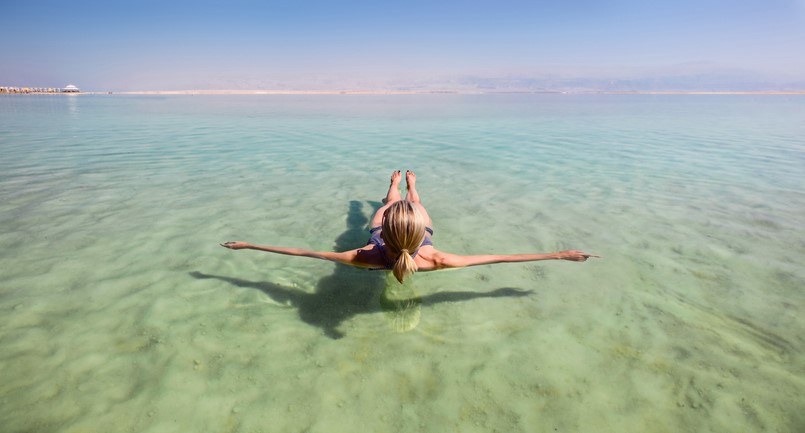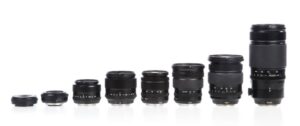My goal for 2020 is to build up my stock portfolio with Alamy. And I think you should, too.
Alamy is a different kind of stock agency. You can read more about how it works here.
As I mentioned a few weeks ago, with only a very small portfolio, I sold an image there for $700. Gee, I’d love to have a few more sales like that!
Something similar happened to Snap & Sell Photo Club member Rosanne Tackaberry, encouraging her to submit more to the agency. Now, with over 4,000 images online there, she makes sales every week. NOTE: Sales at Alamy average $90, rather than a few cents – and contributors get to keep 40-50% of the income.
See Rosanne’s tips for bumping up your stock income with Alamy, below.
What I like about Alamy
By Rosanne Tackaberry
What do dogs, cats, an ancient Greek temple, a vegetable garden, and a local park have in common?
They are all subjects of photos that buyers purchased from my collection on Alamy.com last week.
I’m just back from an amazing five weeks in Israel where I explored Jerusalem, floated in the Dead Sea, and watched thousands of cranes take flight over the Hula Valley at sunrise. Flight and travel all paid for by stock photo sales.

How I benefit from uploading stock images to Alamy
The freedom. I shoot what I want, when I want, and upload to Alamy’s website. It’s that simple.
Alamy does not edit by content. This suits me as I prefer to make my own choices about the images I upload for stock. Years ago, a photo of fishing nets on a beach was rejected by a different agency. I had faith that the image was saleable, so I uploaded it to Alamy’s website where it has since sold several times for a total of almost $500.
The exposure. Alamy licenses my images to worldwide markets I would never reach on my own… magazines, books, newspapers, advertisements, calendars, greeting cards, and travel guides.
I’ll never forget the thrill of seeing one of my photos on a magazine cover for the first time, for a World Wildlife Fund publication. This happened when I had fewer than 200 images online with Alamy and gave my confidence a huge boost.
The income. Alamy’s average image license fee is $90, much higher than microstock agencies.
How to get started with Alamy
The first step is to send Alamy a test submission of three images. Their contributor guidelines give a step-by-step explanation to guide you through the process.
I suggest concentrating on technical quality of your photos, rather than subject matter, for your first submissions. Check your image at 100% to ensure it meets Alamy’s quality guidelines – that it’s in focus, well exposed, free of blemishes, etc.
I’ve built the quality control process right into my workflow – with the result that my submissions are approved very quickly.
Making sales
Here are the strategies that have worked for me:
Upload often. My sales were sporadic until I built my Alamy portfolio up to 1,000 images, then I started to see regular sales every month. Now with over 4,000 online I usually have multiple sales per week.
Keywording pays. Captions and keywords (called “tags” on Alamy) are how photo buyers search for images. The single most important thing I do to increase my sales is to provide accurate, thorough, and relevant keywords and captions. I describe everything that is prominent in a photo, including technical terms and alternate spellings, and add concept keywords if relevant.
Make use of the Alamy Measures tool for contributors. This feature is a treasure. When I’m planning a stock shoot, I can look at customer searches to find out how much interest there is in a particular topic or location and the specific aspects they are looking for. It also helps me to fine tune my keywords.
Image exclusive representation. Alamy pays contributors 50% of each direct sale for images that are exclusive to them (you are allowed to market the image yourself). Images that are also with another agency receive only 40%. Image exclusive representation avoids having the same photo compete against itself to be sold by the agency offering the lowest price.
What I like best of all: once images are on Alamy’s website, they have the potential to generate income for years without any further work on my part. A photo of a jackrabbit who lives in my neighborhood was recently licensed for over $200.
Meanwhile, on the day the sale appeared in my account, I was enjoying panoramic views from the ancient stone ramparts overlooking Jerusalem’s old city.
If you’re interested in giving Alamy a try, I hope my tips are helpful. Go for it and good luck!











